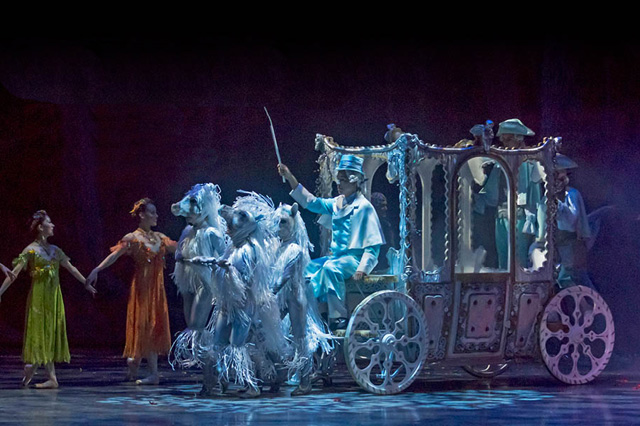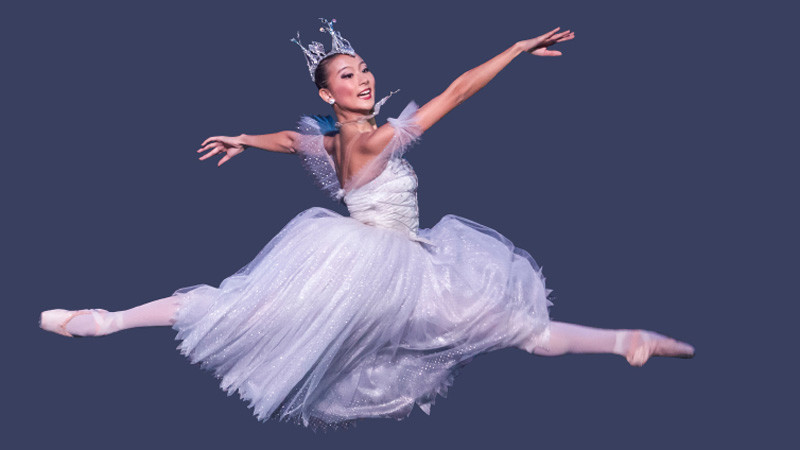To address issues of both relevance and accessibility, BSJ aims to start by providing bite-sized experiences, whetting the appetite and creating a desire for the audience to learn more. And the organization has to bring the experiences to the people on their terms; Hineline acknowledges that not everybody is comfortable dressing up and heading to the Center for the Performing Arts. To connect with new audiences, the Ballet will have to go to where they are by expanding its reach and performing in more places than just San Jose.
The second area of focus, Hineline says, is the artistic product. Any performing arts organization can have the best marketing team and strategy in the world, but if the product does not thrill, inspire or resonate, then the battle will never be won. For his part, Hineline believes that BSJ is delivering an exceptional product on stage.
Certainly, the reviews have been positive. The San Jose Mercury News praised Bodies of Technology, a recent production, for conjuring an “elated mood,” and “affirm[ing] BSJ as a company with a relevant point of view.” They’re also planning to explore collaborations in the creation of new work and bring in technologists, musicians and dancers from around the world.
The third and final focus area is the organization’s financial model. Despite the fact that the Ballet was successful in its ‘Bridge to the Future’ campaign, Hineline admits they are not out of the woods. They need to raise $3.5 million to get into a long-term funding cycle, and another $1.3 million by October.
The first step to sustainability is building off of some early financial successes such as a 32% increase in ticket sales, a 12.2% increase in Ballet school revenue and an 8% decrease in expenses.
In addition, the season is already fully planned, earlier than normal, which allows them to be fully proactive and to engage early in fundraising efforts and to capitalize on their relationships, trust and visibility generated through the “Bridges” campaign.
Finally, in true Silicon Valley style, BSJ is trying to think like a VC – to act as social entrepreneurs and approach new types of funders and investors. A perfect example is a social capital investment campaign launched with the upcoming run of Cinderella to bring underserved children and their mothers/mentors to the ballet over Mother’s Day weekend. With the help of sponsors, children and their families – many of whom have never been to a live performance – can receive the gift of art and theater and a special day with mom or a mentor. Lyft is offering free rides (up to $20) to and from the theater, and a florist is sought to donate single flowers for the mothers and mentors. For many, first experiences at the theater are life-altering.
As it stands, Hineline is ‘cautiously optimistic.’ He believes the community has demonstrated that they want ballet in San Jose and Silicon Valley. And while BSJ still has issues to address, they are beginning to re-shape the model to engage current audiences as well as new ones and drive toward long-term financial sustainability.



